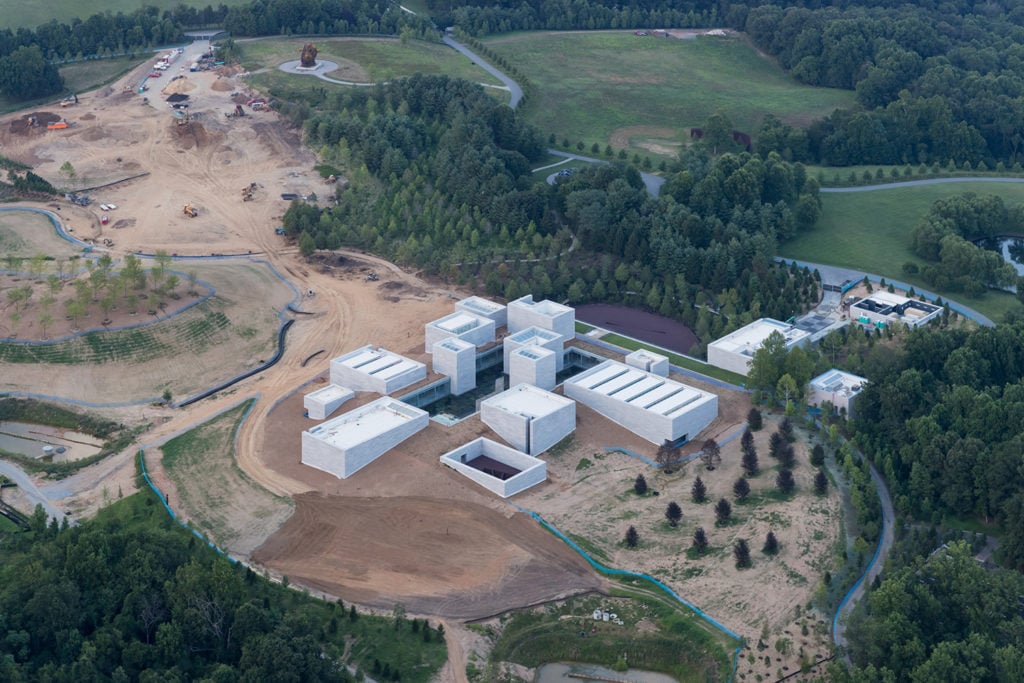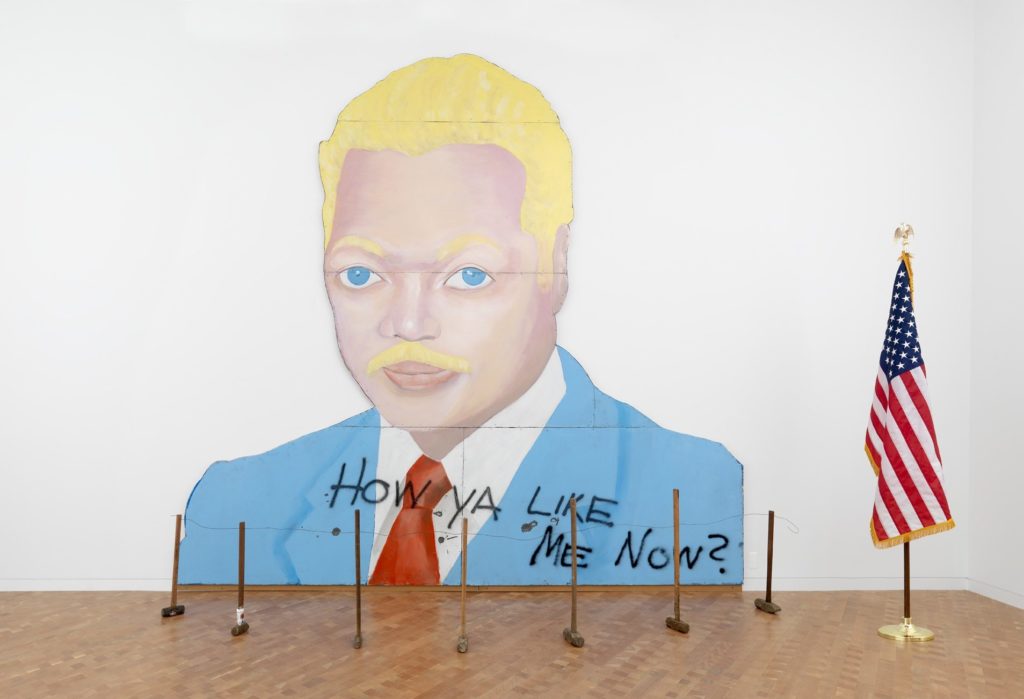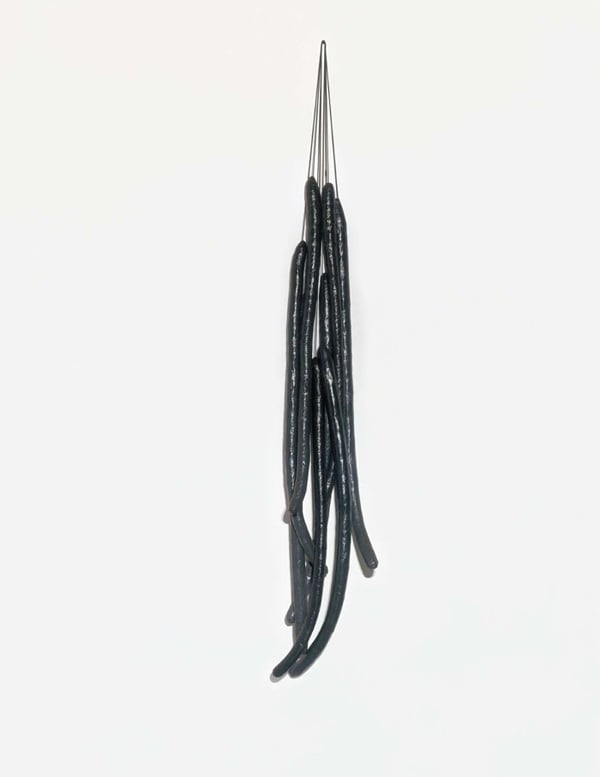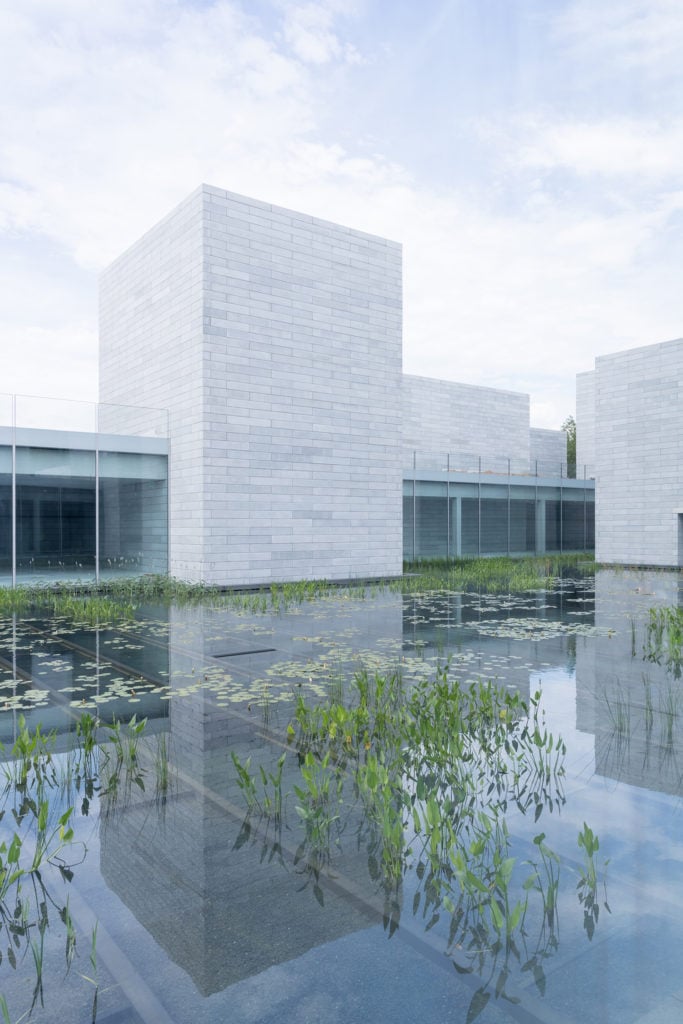Art & Exhibitions
Glenstone Museum’s 50,000-Square-Foot Expansion Will Feature Basquiat, Warhol, and Other Heavyweights of Modern Art
Glenstone will unveil the Pavilions on October 4.

Glenstone will unveil the Pavilions on October 4.

Sarah Cascone

When the Glenstone Museum in Potomac, Maryland, finally unveils its long-awaited Thomas Phifer-designed expansion in October, it will feature a who’s who of 20th- and 21st-century art. The new space, called the Pavillions, will be anchored by the works of heavy hitters like Willem de Kooning, Mark Rothko, Jean-Michel Basquiat, Richard Serra, and Andy Warhol.
In the lead-up to the opening, Glenstone museum has announced the titles of several works that will be on view: De Kooning’s Ab-Ex painting January 1st (1956), the hanging Eva Hesse sculpture Several (1965), Marcel Duchamp’s famed Fountain (1917), and How Ya Like Me Now? (1988), a controversial installation by David Hammons of Jesse Jackson as a white man, vandalized upon its initial exhibition in the 1989 Washington Project for the Arts exhibition “The Blues Esthetic: Black Culture and Modernism.”
The private museum was founded by science and technology billionaire Mitchell Rales and his wife, art historian Emily Rales in 2006, but has been looking ahead to this expansion for years. The Pavilions, with its 50,000 square feet of indoor exhibition space, dwarfs Glenstone’s existing Charles Gwathmey building, which has only 9,000.

David Hammons, How Ya Like Me Now? (1988).
This means potentially accommodating a huge uptick in visitors. Currently, Glenstone’s attendance is 10,000 a year, but the new campus could welcome up to 100,000 guests annually. (Admission is free but requires reservations, which can now be made the same day.) It’s also a chance for the Raleses to show off their expanded holdings, which now number 1,300 works of art.
“One of the things we’ve done in the past 12 years,” Emily Rales told the Washington Post, “is to broaden our scope, looking at different continents and focusing on avant-garde movements from Japan and Brazil and Europe. We’ve branched off to look at artists who we feel are very important to the story of 20th-century art but may not have great representation in other collections—even museum collections.”

Eva Hesse, Several (1965). Photo courtesy of Courtesy Hauser & Wirth.
Now, in addition to postwar American Art, Glenstone is home to work from Brazilian modernists, the Japanese Gutai, and Italian Arte Povera movements. The Pavilion’s inaugural hang will include an installation by Jason Rhoades; sculptures by Lynda Benglis, Martin Puryear, and Ruth Asawa; and postwar German art from Martin Kippenberger and Sigmar Polke, as well as an early Robert Rauschenberg combine and Sol LeWitt painting.
Also among the expected highlights are several works commissioned by the couple, such as a room-size installation by Robert Gober. Some took years to create, like a large-scale open-air sculpture by Michael Heizer, completed over the course of a decade, and a multi-panel Brice Marden painting, in the works for five years.

The Water Court at the Pavilions, the Glenstone Museum Expansion. Photo courtesy of the Glenstone Museum/Iwan Baan.
All three men are among the artists who will have dedicated rooms at the Pavilions’ first show. Others include Roni Horn, On Kawara, Lygia Pape, Cy Twombly, and Charles Ray, who is represented by a quartet of sculptures.
The Pavilion’s largest gallery will display a selection of 65 works by 52 artists—among them Joseph Beuys, Alighiero e Boetti, Alexander Calder, Lygia Clark, Dan Flavin, Alberto Giacometti, Arshile Gorky, Keith Haring, Jasper Johns, Donald Judd, Franz Kline, Barbara Kruger, Yayoi Kusama, Agnes Martin, Bruce Nauman, Hélio Oiticica, Claes Oldenburg, Frank Stella, Clyfford Still, and Jean Tinguely—all made between 1943 and 1989.
The building features a large interior water courtyard and plenty of natural light. The design is intended to imitate museums that seamlessly integrate the surrounding landscape, such as the Louisiana Museum outside Copenhagen, the Foundation Beyeler in Basel, and the Menil Collection in Houston.
Glenstone Museum, at 12100 Glen Road, Potomac, Maryland, opens October 4, 2018. Tickets will become available in early September. Museum hours are Thursday–Sunday, 10 a.m.–5 p.m.